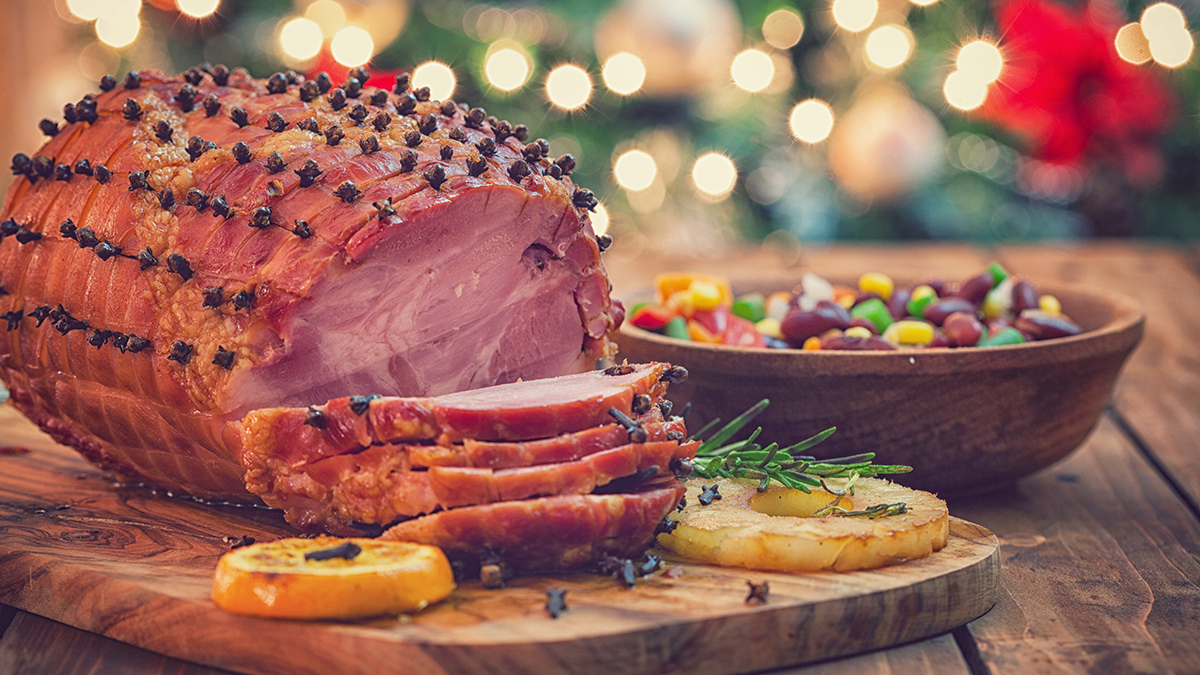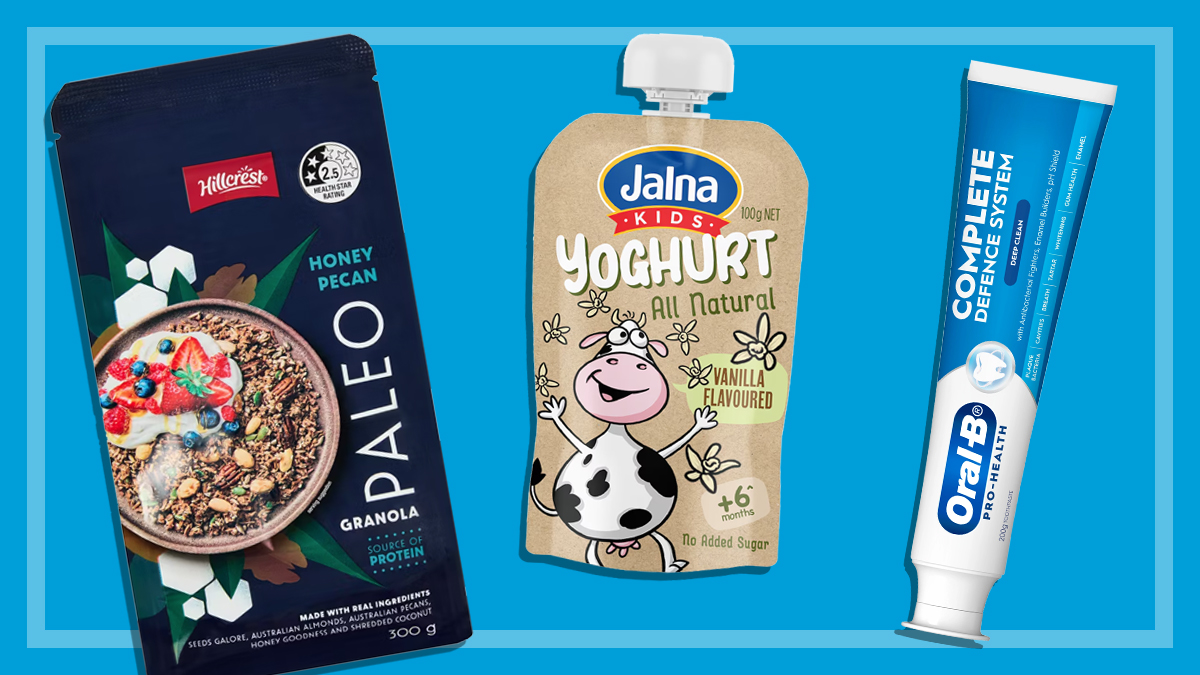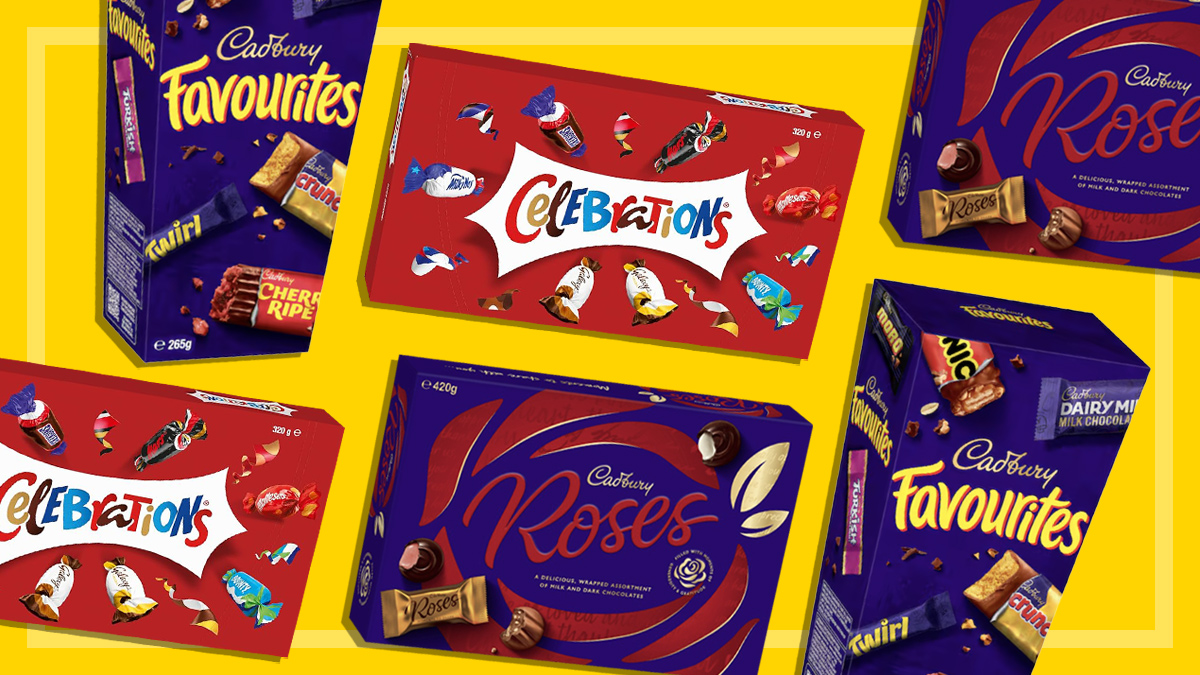Get our independent lab tests, expert reviews and honest advice.
Does a ‘clean label’ mean better food?

Need to know
- A 'clean label' doesn't necessarily guarantee a more natural, wholesome food
- Food manufacturers can use claims that create health halos, use alternative ingredient names, and manipulate ingredients lists to make products look better
- We can help you get wise to manufacturers' marketing tricks – and show you how to spot food labels that are less clean than they seem
On this page:
What is ‘clean label’ food? Although it means a range of things to different people, it basically refers to food or drink products made from a small number of natural, wholesome, easily recognisable ingredients.
The clean label trend, according to industry, is one of the biggest trends in food today, although it’s not a new concept.
‘Clean label’ food refers to food or drink products made from a small number of natural, wholesome, easily recognisable ingredients
For years, the advice for people wanting to choose healthier, less processed food was to look for products that list whole foods as the first few ingredients, and be skeptical of foods with long lists of ingredients – particularly ingredients you don’t recognise.
Or, as Michael Pollan suggested in his book In Defence of Food, don’t “…eat anything with more than five ingredients, or ingredients you can’t pronounce.”
You can take this advice as a rule of thumb. But is a ‘clean’ label a guarantee of ‘clean’ food?
Cashing in on consumer craving for natural foods
In an ideal world, we’d be able to take food labels at face value. But at the same time as consumers are increasingly looking for foods with labels that promise a more natural product, free from processed nasties – so too are manufacturers upping their ‘clean labelling’ game in an attempt to match their products to these consumer preferences.
From a food manufacturer’s point of view it makes good business sense to present their products as squeaky clean, if that’s what consumers are looking for.
There are even training courses that teach food manufacturers how to do just that
But, rather than reformulate a product to make it ‘cleaner’ – for example, removing artificial additives and replacing them with a natural alternative, it’s easier to be clever with the labelling so that the product appeals to the unsuspecting clean food consumer. There are even training courses that teach food manufacturers how to do just that (staying within the confines of the law, of course).
Prefer not to be sucked in by marketing? Here are five clean labelling tricks of the trade for you to keep an eye out for next time you’re food shopping.
Clean labelling tricks
1. Make the most of a health halo
‘Natural’, ‘organic’ and ‘plant-based’ are generally thought to be positive attributes. So it’s not surprising that these types of claims are frequently used by food manufacturers for their halo effect, to persuade consumers that a product is healthier or better than other similar products.
‘Organic’ sugar from a nutritional standpoint is still just sugar, however. And ‘plant-based’ burgers can be excessively salty and have little in common with the plants they are derived from. But the health halo created by these claims can still entice consumers into paying a premium. So approach these claims with skepticism..


2. Make claims about what’s not in the product
‘Fat free’. ‘No added sugar’. ‘Free from artificial colours and flavours’.
We’ve all seen these sorts of claims on the front of a pack. The premise here is to make a big deal about what’s not in the product, in order to distract from what’s actually in it. But just because a product doesn’t contain sugar, fat, GMOs or artificial additives, it doesn’t mean the product is natural (or good for you, for that matter).
This yoghurt (pictured) has ‘no added sugar’ but it does contain a long list of other ingredients, including polydextrose, thickeners, gelatine and artificial sweeteners, acesulphame potassium and sucralose, in addition to the milk and live starter cultures that form the basis of yoghurt.
And these lollies (pictured) may contain ‘no artificial colours’ but they’re still just sugar with a bunch of other food additives.
3. Describe ingredients in the best possible light
Some ingredients can be labelled in different ways, so it’s to the manufacturers advantage to use the name that sounds the most natural, or at least innocuous. Food additives are a case in point.
If you’re buying strawberry jam, for example, are you more likely to choose the one with ‘pectin’ or the one that contains ‘gelling agent (440)’? They’re actually the same ingredient, but to many ‘pectin’ may seem more familiar and natural – something you might actually have in your pantry. The same goes for ascorbic acid, otherwise known as vitamin C.

Food additive monosodium glutamate (MSG) is another example. MSG has a bad reputation for triggering asthma in some people, and as a result many people actively avoid it. Manufacturers can (and often do, as per this chicken soup, pictured) instead choose to label it as ‘flavour enhancer 621’, which is arguably less identifiable and therefore not as likely to sound alarm bells.
Ingredient lists can also be used as marketing. ‘Madagascan vanilla extract’ (if that’s what they’re using) has a nicer ring to it than ‘vanilla flavour’. And why not throw in the word natural where you can – ‘natural thickening agent (Xanthan gum)’, anyone?
4. Avoid listing ingredients if you don’t have to
Some ingredients don’t need to be declared in an ingredients list, such as the ingredients that make a flavouring – just the word ‘flavouring’ or ‘flavour’ is permitted.
But also exempt from being labelled are the individual ingredients that make up a compound ingredient, if that compound ingredient makes up less than 5% of the finished product – a technicality of food labelling laws that’s often referred to as the 5% loophole. (The exception is if an ingredient that makes up a compound ingredient is a known allergen, or a food additive which has a technological function in the final food).
…a technicality of food labelling laws that’s often referred to as the 5% loophole
A compound ingredient is an ingredient made up of two or more ingredients. An example of one that could be less than 5% of the final food is the tomato sauce (consisting of tomatoes, capsicum, onions, water and herbs) on a frozen pizza.
Of course food companies can choose to label those ingredients too, but why would they if they’re trying to refine their ingredients list? This 5% rule is particularly helpful if the compound ingredient is one that contains multiple additives – the label will look much ‘cleaner’ without them on it!
5. Be creative when listing ingredients
Ingredients need to be listed in order of ingoing weight on a food label. But if a food contains a compound ingredient there are ways to manipulate the list so that individual ingredients are more or less prominent as desired.

Food manufacturers have two options when listing compound ingredients:
- declare the compound ingredient by name in its appropriate place in the statement of ingredients and then list the ingredients of the compound ingredient in brackets after its name, or
- declare all of the ingredients of the compound ingredient separately as if they were individual ingredients of the final food.
For a clean label, food manufacturers can choose the approach which makes the ingredients list look most wholesome and simple.
How to be a savvy shopper
To avoid choosing a food product that doesn’t live up to expectations, try the following:
- Take time to read the label. Rather than rely on front of pack visuals and claims, check that the ingredients list and nutrition information panel back these up.
- Know your additives nomenclature. If there’s a food additive you want to avoid, make sure to familiarise yourself with both its name and additive number, as it can be labelled as either.
- Call out offending labels. If you think a food label is misleading or deceptive you can make a complaint about it to the relevant enforcement agency in the state where the food manufacturer/distributor is based, and they can take action if it doesn’t comply with the food standards code.





